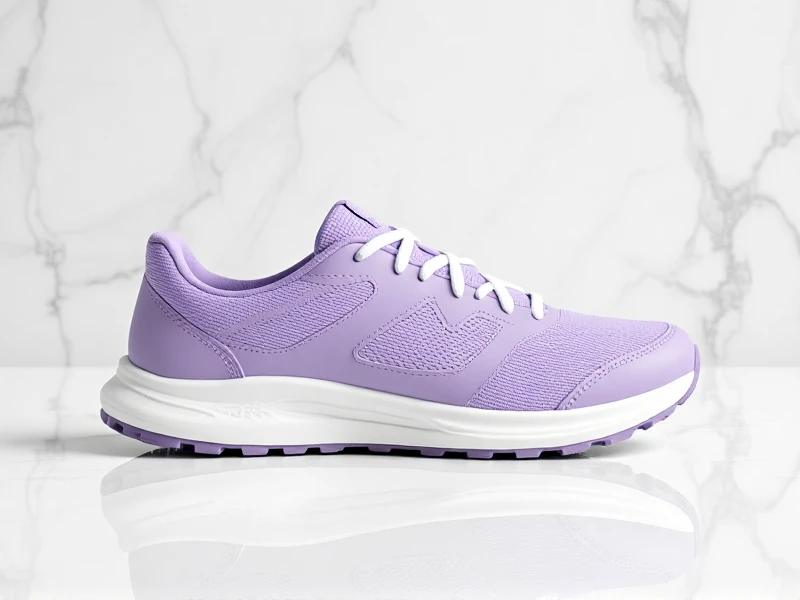
Find The Most Comfortable Running Shoes for Marathon Training
Here's an SEO-optimized article on running shoes:
Ever stepped out for a run only to be sidelined by aching feet, shin splints, or that persistent knee niggle? It’s frustrating, and often, the culprit lies beneath you: your running shoes. Choosing the right pair isn't just about color or brand hype; it's foundational for performance, injury prevention, and genuinely enjoying your miles, whether you're training for a marathon or hitting the local trails.
The sheer volume of running shoes available can feel overwhelming – maximalist cushioning, minimalist designs, carbon plates, trail grip, stability features. Where does one start? Forget the gimmicks and focus on three core principles: Comfort, Fit, and Purpose.
First and foremost, comfort is king. Your running shoes should feel supportive and secure, not restrictive, right out of the box. Blistering "breaking in" periods usually signal a poor fit. Focus on the heel cup (should hold you snugly without slipping) and the critical toe box – you need about a thumb-width of space beyond your longest toe to prevent black toenails and allow natural foot splay during push-off. Your feet will swell over distance, so account for that.
Secondly, understand your needs. Are you logging high mileage on hard pavement? Prioritize cushioning like Brooks Ghost or Hoka Bondi. Need stability to combat overpronation (rolling inward)? Look at features like guide rails (Saucony Guide) or medial posts (ASICS GT-2000). Tackling rugged terrain? Trail-specific running shoes from Salomon or Altra offer crucial grip and protection. Matching the shoe's capabilities to your primary surface and running style is non-negotiable.
Finally, consider your bio-mechanics and gait. While many benefit from neutral cushioned shoes, a significant number of runners need extra support. Visiting a speciality running store for a gait analysis can provide invaluable insights before you invest. How your foot moves dictates the support level required.
Replacing your running shoes is also vital. Most models lose significant cushioning and support between 300-500 miles. Running in worn-out shoes is asking for trouble. Keep track of mileage and be honest about when it's time for a fresh pair.
Finding your perfect pair of running shoes isn't about the fanciest tech or the trendiest design. It's about finding the shoe that disappears underfoot, supporting you mile after mile in comfort. Investing time in selecting the right running shoes based on your individual needs is the best way to unlock your running potential and keep injuries at bay. Your feet – and your performance – will thank you. Start your search today and feel the difference it makes on the road.